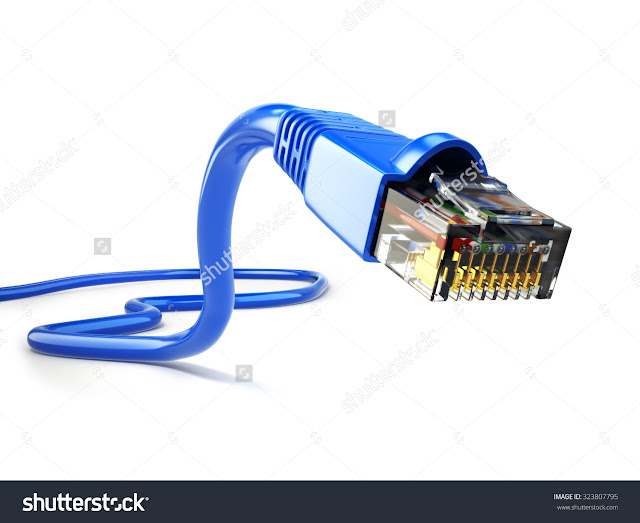LAN Technologies

Ethernet, Fast Ethernet and Gigabit Ethernet are the LAN technologies most commonly used today. Ethernet Version 1 was developed by Xerox Corporation during the early 1970s. Later in 1982 Xerox, Intel and DEC (Digital Equipment Corporation) together released Ethernet Version 2. Since then, Ethernet is the most popular LAN technology used in networking.
The network topology on which all the latest Ethernet technologies built is Star Topology.
Advantages of Ethernet are
• Low cost components
• Easy to install
• Easy to troubleshoot
All the devices (Servers, Workstations, Printers, Scanners etc) connected in an Ethernet network share a common transmission medium. Ethernet uses Carrier Sense Multiple Access/Collision Detection (CSMA/CD) for determining when a computer is free to transmit data on to the access medium. Using Carrier Sense Multiple Access/Collision Detection (CSMA/CD), all computers monitor the transmission medium and wait until the medium is free before transmitting. If two computers try to transmit at the same time, a collision occurs. The computers then stop, wait for a random time interval, and attempt to transmit again.
Collisions were common in Ethernet network (when used in a shared media) and network infrastructure devices like Ethernet Hubs usually have a small light on their front panel, that blink when collisions happen in your network.
 These days, all the business networks are installed and connected using Ethernet Switches instead of Ethernet Hubs. There is no collision when devices are connected using Ethernet Switches.
These days, all the business networks are installed and connected using Ethernet Switches instead of Ethernet Hubs. There is no collision when devices are connected using Ethernet Switches.Original Ethernet operate at a speed of 10 Mbps (Mega bits per second). Ethernet is capable of using a variety of media. Another faster version of Ethernet, which is even faster than Fast Ethernet, is Gigabit Ethernet. Gigabit Ethernet provides a data transmission speed of 1,000Mbps. Gigabit Ethernet was first designed and developed as a high-speed backbone medium for large LANs. But almost all latest LANs are Gigabit Ethernet capable and Category 5e and Category 6 UTP cable can be used as the Gigabit Ethernet medium.
Ethernet networks typically operate at baseband speeds of either 100Mbps (Fast Ethernet), 1000Mbps (Gigabit Ethernet).
Fast Ethernet (100 Mbps) or Gigabit Ethernet (1000 Mbps) cannot operate on network infrastructure devices like Ethernet Hubs, Ethernet Switches and network cards designed for a 10Mbps Ethernet network. Many latest network infrastructure devices like Ethernet Switches and Ethernet network cards are capable to operate at speed of 10 Mbps or 100 Mbps or 1000 Mbps. (10/100/100).
Even a faster version of Gigabit Ethernet, 10 Gigabit Ethernet is now available. 10 Gigabit Ethernet works well with both fiber optic and copper media.

Comments
Post a Comment